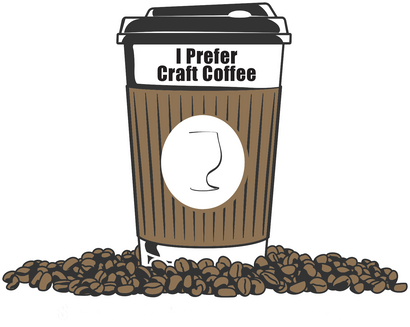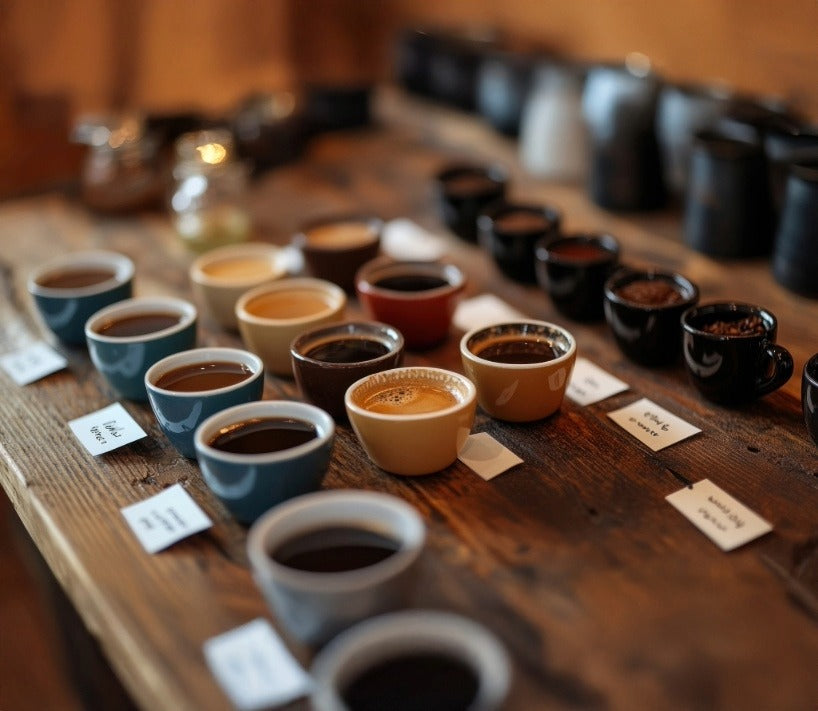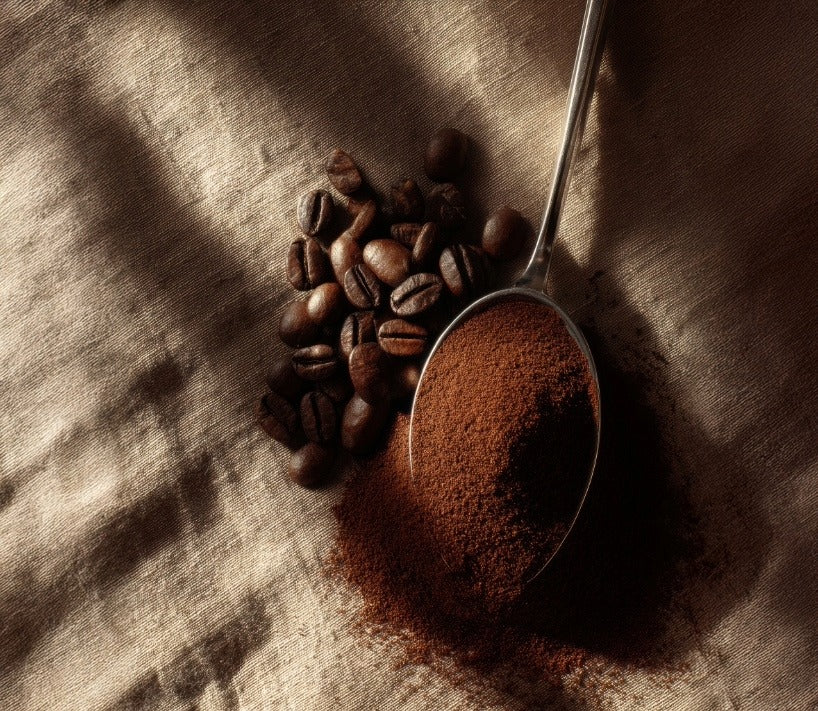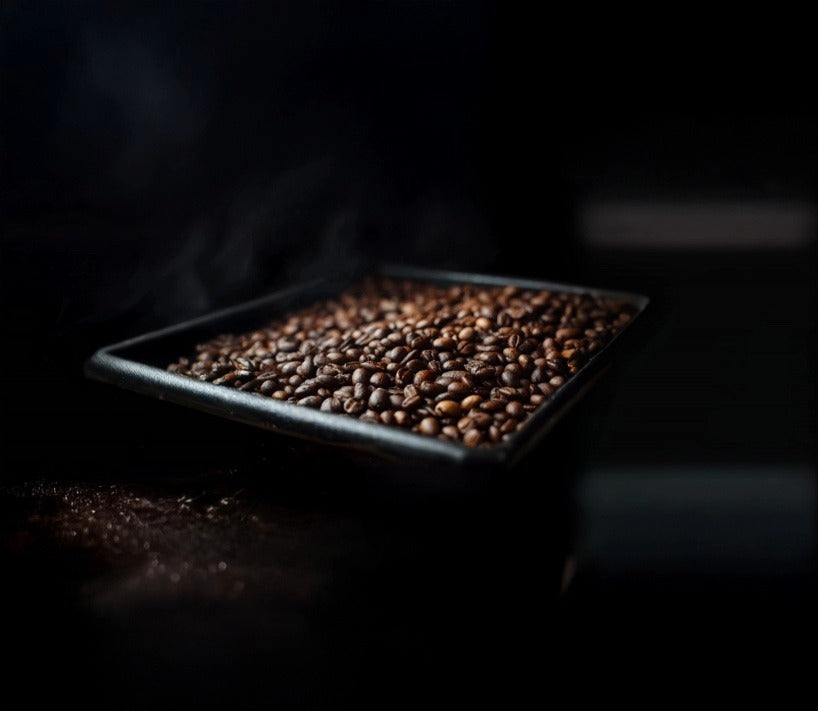Bean There, Done Both: Why Real Coffee Lovers Brew and Buy (Just Skip the Mega-Chains)
A Morning Dilemma Worth Spilling
Picture me at 6:17 a.m.—hair pointing in seven directions, slippers askew, and two equally tempting thoughts wrestling in my half-awake brain:
-
“Fire up the kettle and brew my own glorious cup.”
-
“Zip down the street for a quick caffeine rescue.”
If you’ve ever waged this internal battle, congratulations—you’re officially a coffee lover. The internet loves to pit “true home-brewers” against “grab-and-go gurus,” but spoiler alert: the answer isn’t either/or. It’s yes, both—with one gigantic asterisk:
Support your local shops or your own kitchen, not the billion-dollar chain with the green mermaid and billion-dollar marketing budget.
That’s our mission for the next 1,500 words: untangle the myths, crunch a few stats, and help you savor every sip—whether you’re wielding a pour-over at home or handing a reusable cup to your neighborhood barista.
Let’s Brew Up Some Facts
1. The Stay-At-Home Advantage: Control, Chemistry & Cash
-
Freshness in Your Hands
When you find the best coffee to buy online & brew at home, you decide exactly when the beans are ground and how the water meets them. That matters because the best tasting whole bean coffee releases aromatic compounds the moment it’s ground. Five minutes of countertop exposure can rob you of those delicious floral or chocolaty notes you paid for. -
Customization Nation
Single-origin? Flash-chilled iced? Low-acid experiment with Himalayan spring water? Knock yourself out. Home brewing lets you tweak every variable—grind size, water temperature, brew time—until you find the “just right” sweet spot. That level of control turns the best craft coffee at home into a mini science project (minus the exploding beakers). -
Wallet Wisdom
Even with upscale gear, home brewers typically spend less per cup than the daily café crowd. A 10-ounce bag of best specialty coffee online might be $18-$27. Brewed properly, that yields around 20–24 cups. Compare that to $8 lip-biting lattes from a big chain and you’ll realize your grinder pays for itself faster than you can say “macchiato.”
2. The Local Café Perk: Community, Craft & Discovery
-
Human Connection
Let’s be honest: sometimes you just need someone else to steam milk while you exchange pleasantries about the weather. Local cafés give us community. Your favorite barista may remember that you’re on deadline or that your dog loves pup cups. A chain drive-thru rarely delivers that vibe. -
Exposure Therapy for Your Taste Buds
Neighborhood roasters rotate beans constantly—think Kenyan Komothai one week, Guatemalan Huehetenango the next. Each visit is a sensory field trip. Even die-hard home brewers can’t keep that many bags open without risking staleness, so a well-curated café menu can keep your palate adventuring. -
Skills on Display
Watching a barista dial in espresso on a top-tier machine is beverage theater. It’s also free education. Ask questions, notice their grind adjustments, and steal espresso tips for your next kitchen experiment. Think of it as barista show-and-tell without the awkward elementary-school flashbacks.
3. Why Mega-Chains Are a Bean-Sized Problem
-
Marketing Muscle vs. Micro-Margins
Multi-national chains spend hundreds of millions on advertising—money small cafés and specialty roasters can’t match. Your $6 double-pump frappo-whatever helps that machine get even louder while local spots fight to keep the lights on. -
Roast Date Roulette
Massive supply chains often mean beans roast weeks (sometimes months) before they reach a store. If you truly care about flavor, ask your barista or roaster for the roast date. Coffee peaks about 4–14 days after roasting. Beyond that, flavor chemistry slides downhill faster than a rookie snowboarder. -
Homogenized Flavor Profiles
Chains bank on consistency over nuance. They need the cup to taste similar in Boston and Boise, so they design blends that withstand shipping, long storage, and variable barista skills. Great for uniformity, not so great if you’re chasing complex flavor notes or looking for the best espresso beans to wow your palate.
4. Brewing at Home Without Going Broke (or Bonkers)
| Gear Tier | Must-Have Item | Why It Matters |
|---|---|---|
| Entry | Burr Grinder | Uneven blade grinders leave big chunks and dusty fines, causing bitterness. Burrs = uniform extraction, even for best coffee for non coffee drinkers. |
| Mid | Digital Scale | “A scoop” is a lawless measure. Weigh beans and water (e.g., 1:16 ratio) to repeat the magic. |
| Pro | Temperature-Control Kettle | Water temp can shift extraction. 200°F unlocks sweetness in best small batch coffee without scorching delicate acids. |
Quick Tip: If you Google “where can I buy fresh coffee beans near me,” prioritize roasters who stamp roast dates in ink, not vague “best by” codes.
5. Café Visits Done Right
-
Find Local Gems
Search “specialty coffee near me” or follow local foodie accounts. Look for cafés that highlight single-origin pour-overs, seasonal microlots, or barista competition credentials. -
Ask for Recommendations
Saying, “I’m into bright, fruity flavors—what’s new?” helps the barista steer you toward top coffee delivered fresh the previous week. -
Share Feedback Nicely
If the espresso tastes like burnt tires, don’t blast them on social media. Politely note it to the manager or owner. They may be calibrating grinders or trying new roast curves and will appreciate constructive insight. -
Tip Like a Human
Those latte hearts don’t pour themselves. Reward good service—it keeps skilled baristas in town and raises the quality bar for everyone.
6. When Online Buying Actually Makes Sense
-
Remote Living
Rural dwellers miles from a decent café often rely on best coffee online subscriptions. Look for roasters who roast-to-order and ship within 24 hours. Same principle: fresh > famous. -
Gift Season
Coffee beans as a gift (or any presents for coffee lovers) benefit from careful curation. Seek limited microlots or award-winning Q-grade selections; your giftee will taste the care. -
Niche Preferences
Need low-caf peaberry from Tanzania? A washed Ecuadorian Typica for filter? The internet’s your friend. Just confirm roast dates and shipping speeds before you smash that “Buy Now” button.
Sip Smarter, Support Better, Love Coffee More
Alright, quick recap before we part ways:
-
Home brewing equals unrivaled freshness and full control—not to mention budget sanity if you’re powering through multiple cups daily.
-
Local cafés offer community vibes and tasting adventures you can’t replicate without hoarding beans at home.
-
Mega-chains? Hard pass if you want to keep independent coffee culture alive (and your taste buds awake).
-
Check those roast dates like they’re the sell-by labels on sushi—because stale coffee is just as tragic.
-
Speak up (politely) when you encounter lackluster espresso. Elevating quality benefits everyone from farmers to your future lattes.
So, do real coffee lovers brew at home or buy on the go? We do both—strategically, consciously, and with respect for the craft. In your kitchen, aim for the best craft coffee at home by dialing in grind, water, and brew time. When you’re out, hunt down that indie roaster pouring a honey-processed Nicaraguan you’ve never tried. And if you must grab a last-minute cup between soccer practices? Make it local, tip well, and maybe skip the unicorn-colored sugar bomb. Your taste buds (and your local economy) will thank you.
Now go forth, fellow bean aficionado, and conquer the day—one sustainable, delicious cup at a time.



